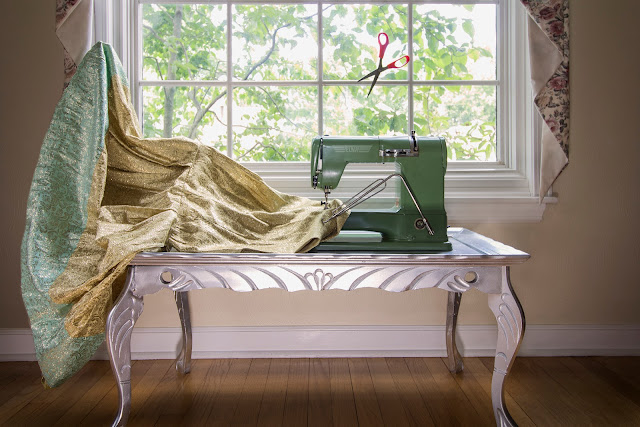What is Object-Oriented Ontology? Ontology is the philosophical study of existence. Object-Oriented Ontology (“OOO” for short) puts things at the center of this inquiry of existence. OOO rejects the modern philosophical concept that human perception of objects is the cornerstone of their substances or "thingness." Object-oriented ontologists consider everything's existence equally whether objects are big or small, living or inanimate. (Pioneers of the field include Graham Harman, Ian Bogost, Levi Bryant, and Timothy Morton.)
This photographic series aims to embody OOO principles by removing humans from everyday scenes, thereby imagining an existence of objects independent from human interaction. Therefore, viewers are prompted to ponder the inherent properties of objects rather than human innovation of them. The result of this photographic speculation manifests in objects floating in scenes, apparently autonomous, revealing the interactions and interdependence between a democracy of objects that shape everyday life.
A special thanks to Professor Aaron Moe of the English department for introducing me to OOO and suggesting fascinating readings. Many thanks to Gwen O'Brien of the SMC Courier Magazine for her kind words, support, and publicity.





















